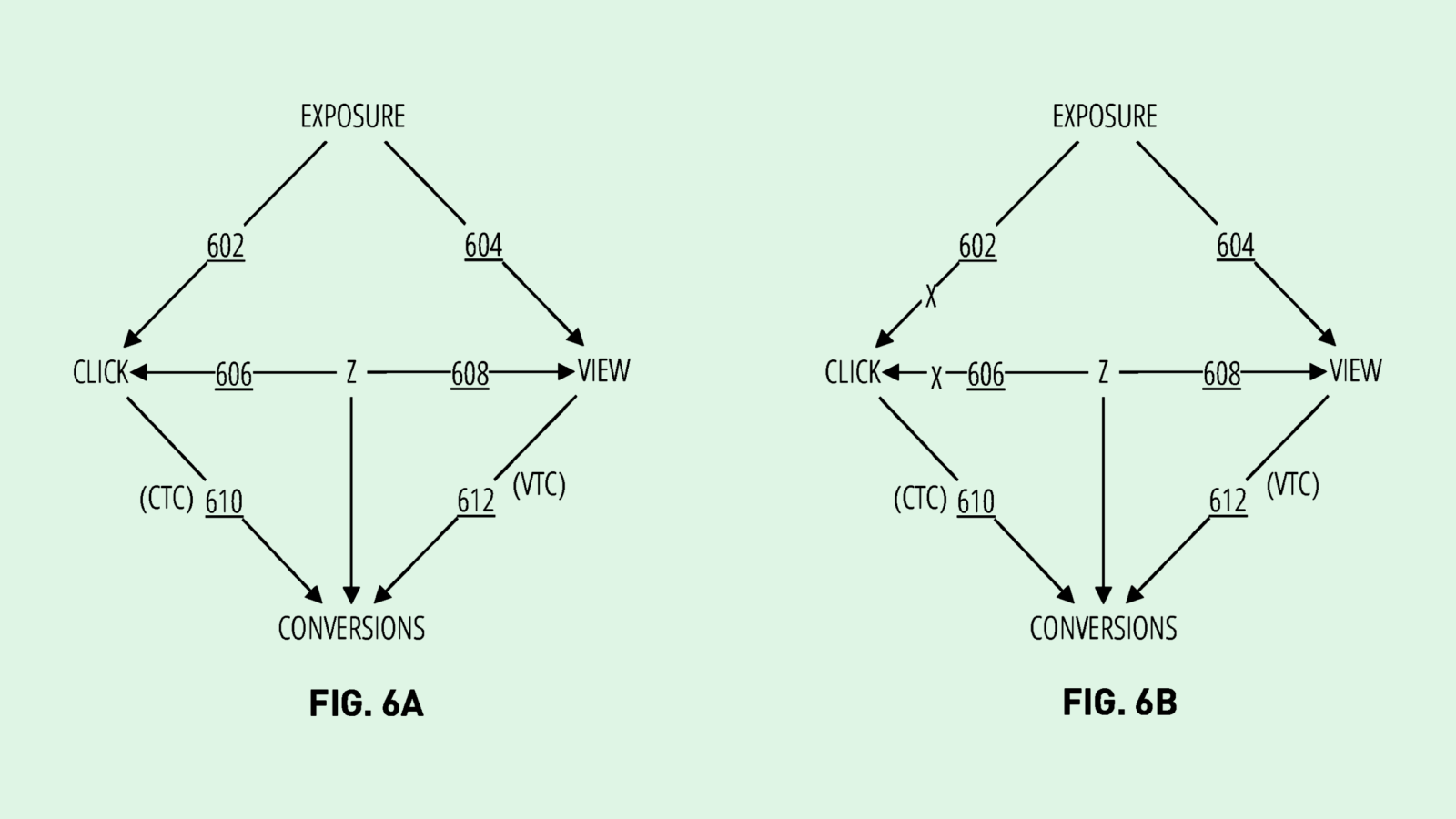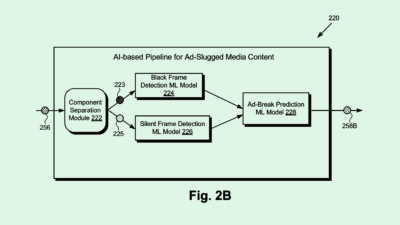Nvidia Patent Could Defend Self-Driving Cars in Collisions
The patent highlights the shaky dynamic between the public and self-driving vehicles that stands in the way of broader adoption.

Sign up to uncover the latest in emerging technology.
Nvidia wants to make sure that human drivers don’t blame autonomous ones for their fender benders.
The company is seeking to patent a system for “allocating responsibility” in interactions related to autonomous or semi-autonomous machines. Nvidia’s tech allows self-driving cars to determine “levels of responsibility” for different objects in the surrounding environment, allowing them to make better decisions.
Nvidia noted that autonomous cars often use “static assumptions” to estimate or model the behavior of human drivers, meaning they assume drivers will behave predictably. “Since drivers do tend to make unnecessary or unexpected maneuvers in certain circumstances, these static assumptions may not be adequate,” Nvidia said.
Nvidia’s tech uses neural networks trained on real-world data of interactions between vehicles and other objects and the “parameters,” such as speed or direction, associated with those interactions. This teaches the system to understand the dynamics of different interactions it may have with other vehicles, pedestrians, or objects.
Nvidia’s neural network can then be used in real-time to estimate levels of responsibility in interactions with its environment. The system uses that data to determine controls, such as velocity, acceleration, or turning rate, helping the self-driving vehicle better navigate the environment and account for what’s around it. For example, if it notices a nearby vehicle is driving erratically on the freeway, it may move lanes to give the other driver space. This also allows the vehicle to more accurately comprehend the motion of other drivers, avoiding “overly conservative maneuvers,” the company said.
In the event of a collision, this system can also indicate levels of responsibility for the crash to figure out who was the “largest contributor to the occurrence,” Nvidia said. However, the company noted that these fault contributions shouldn’t be “conclusory,” but instead used as an “informative tool or estimate of the responsibility allocation.”
Nvidia has filed various patent applications to ensure that its autonomous machines avoid as many collisions as possible, both on the road and on factory floors. The company is a leading provider of self-driving vehicle technology, with revenue from its automotive sector reaching a record high in the last fiscal year and growing 11% year over year in the first quarter. The company also forged a partnership with Foxconn late last year to develop “AI factories,” or data centers dedicated to developing self-driving cars.
In an investor call in February, Nvidia CFO Colette Kress said that “nearly every automotive company working on AI is working with Nvidia.”
Its strength in the AI market generally makes Nvidia a power player in the autonomous car market, said Bob Bilbruck, CEO of consulting firm Captjur. The company is the No. 1 purveyor of AI chips, easily beating out competitors like AMD and Intel. Its first-quarter earnings cemented its AI dominance, with revenue tripling to $26 billion and net income rising seven times over to $14.8 billion year over year.
“They own the AI chip technology that’s going to power most of these systems,” said Bilbruck. “They have a huge lead.”
However, self-driving cars still have a public perception issue, as many consumers simply don’t trust autonomous vehicles. And National Highway Traffic Safety Administration investigations into companies like Tesla, Google-owned Waymo, and Amazon-owned Zoox likely don’t help.
But as self-driving vehicles get smarter, Nvidia’s tech looks at the safety problem from an entirely different angle, aiming to protect autonomous vehicles and their occupants from the recklessness of human drivers, said Bilbruck.
One other consideration: Tech like this also stands to revolutionize a process that everyone loves going through when they get into a fender bender: insurance claims. Nvidia noted in the filing that its tech should be used to inform decisions – not make them. However, a system that uses an AI algorithm to assign fault to one party or another could be tempting, Bilbruck said, both to insurance companies seeking to automate operations and autonomous vehicle firms looking to clear their names.











